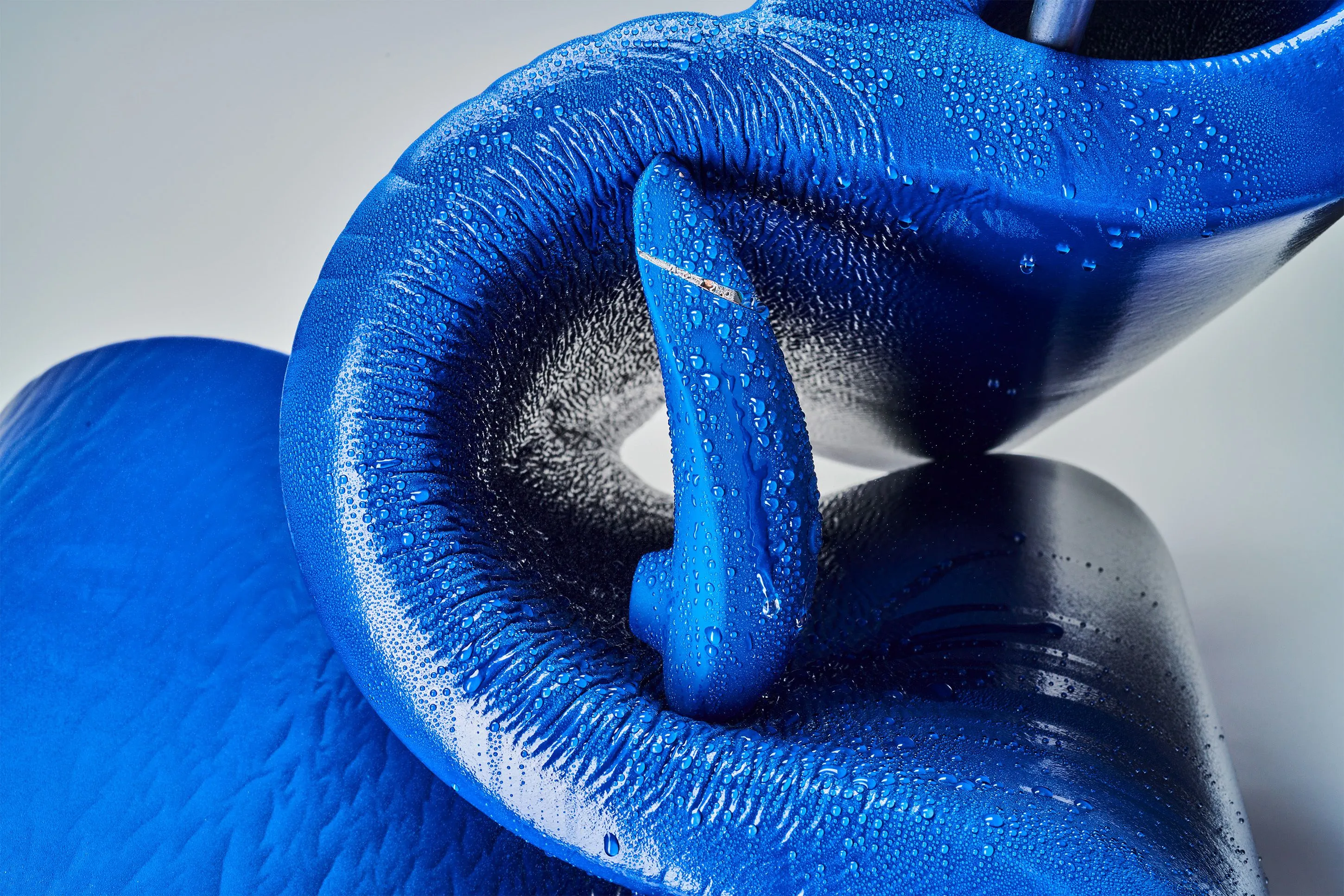How to Clean Your Sex Toys: Essential Tips for Safety and Hygiene

Sex toys can enhance pleasure, but cleaning them is crucial for sexual health. After each use, cleaning helps remove bodily fluids, bacteria, and germs, which can increase the risk of infections if left uncleaned. Sexologist Jessica O’Reilly emphasizes that proper hygiene allows for a worry-free experience, whether enjoyed solo or with a partner. Here’s how to handle the cleaning of your toys effectively based on their materials.
Understanding Cleaning vs. Sterilizing
It is vital to differentiate between cleaning and sterilizing your sex toys. For most materials, cleaning with warm water and antibacterial soap is usually sufficient.
Cleaning Materials
- Nonporous Materials: These can easily be washed with soap and warm water.
- Porous Materials: These are challenging to clean and may harbor bacteria; use mild soap on a washcloth.
Expert Recommendations
After cleaning, ensure proper drying to avoid mold growth. Consider storing toys in satiny pouches away from sunlight. Health experts recommend routine checks of your toys for any changes that could indicate wear. If you notice differences—like color or texture—it might be time for a replacement.
Additional Guidelines for Safe Use
- Always clean toys after use.
- Store them safely to prevent accessibility.
- If using toys anally, ensure they are cleaned thoroughly before vaginal use.
By maintaining proper cleaning habits, you ensure both safety and longevity for your sexual wellbeing and enjoyment.
Disclaimer: The information provided on this site is for informational purposes only and is not intended as medical advice. We are not responsible for any actions taken based on the content of this site. Always consult a qualified healthcare provider for medical advice, diagnosis, and treatment. We source our news from reputable sources and provide links to the original articles. We do not endorse or assume responsibility for the accuracy of the information contained in external sources.
This article was prepared using information from open sources in accordance with the principles of Ethical Policy. The editorial team is not responsible for absolute accuracy, as it relies on data from the sources referenced.